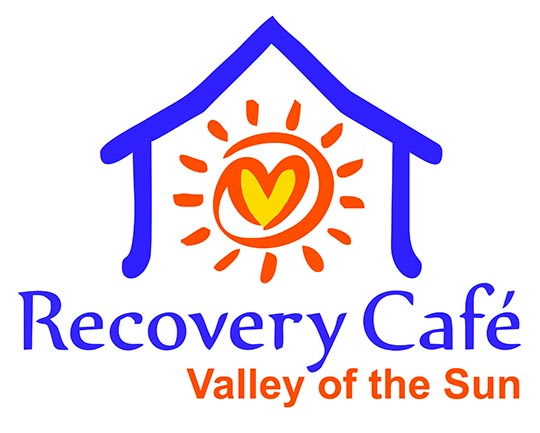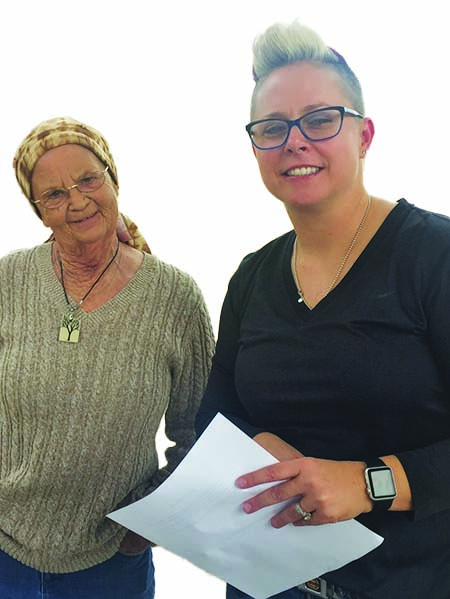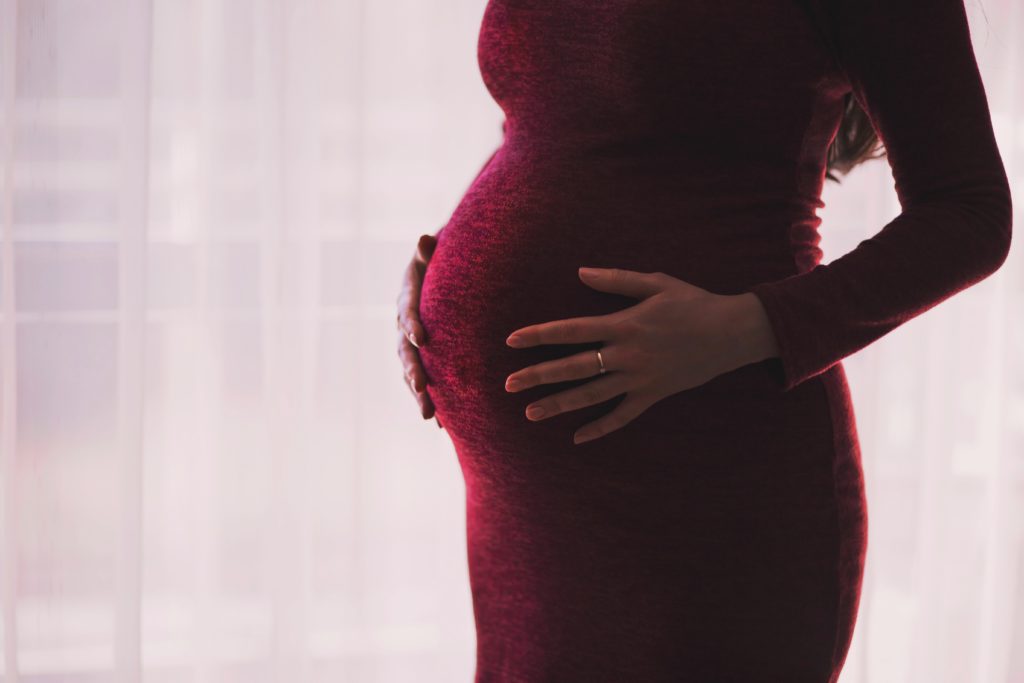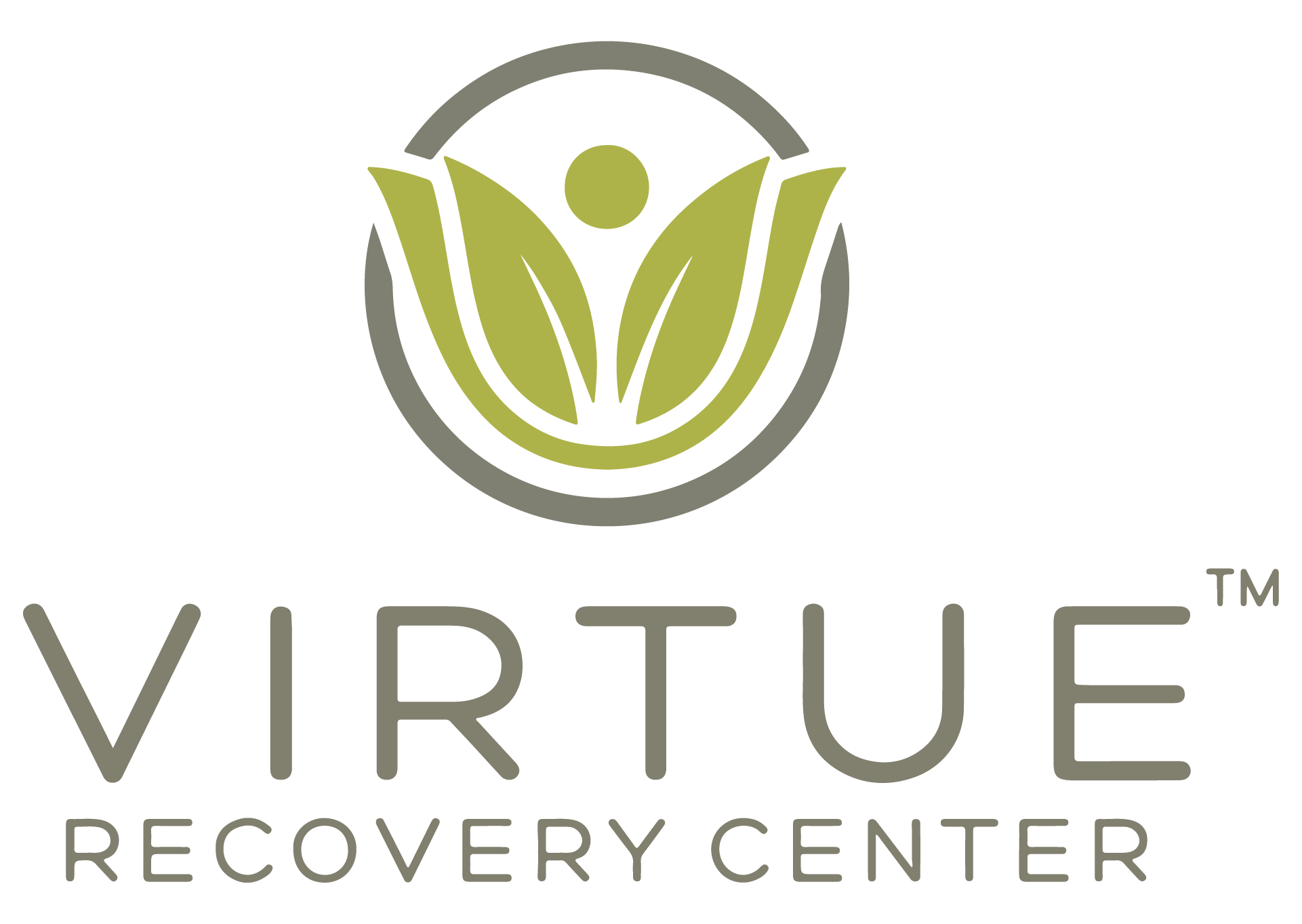Drinking alcohol during pregnancy can cause a baby to be born with birth defects and developmental disabilities. In fact, alcohol is the leading cause of preventable birth defects and developmental...
Drinking alcohol during pregnancy can cause a baby to be born with birth defects and developmental disabilities. In fact, alcohol is the leading cause of preventable birth defects and developmental disabilities in the United States.
Babies exposed to alcohol in the womb can develop fetal alcohol spectrum disorders (FASDs). These disorders include a wide range of physical, behavioral, and learning problems. The most severe type of FASD is fetal alcohol syndrome (FAS).
How FAS Affects Kids
Poor growth. Newborns may have low birth weights and small head sizes. They may not grow or gain weight as well as other children and may be short as adults.
Birth defects. Developing babies may have heart, bone, and kidney problems. Vision problems and hearing loss are common.
Seizures and other neurologic problems, such as poor balance and coordination.
Delayed development. Kids may not reach milestones at the expected time.
Behavioral problems. Babies may be fussy or jittery, and have trouble sleeping.
Get help at NCADD Phoenix
Substance abuse, whether alcohol or drugs, can have lasting and dire effects on the fetus’ health both within the uterus and post-birth. Use of alcohol or drugs during pregnancy can cause birth defects, babies born addicted and suffering the effects of withdrawal, low birth weight, mental and physical disabilities and more. The sooner a person stops using, the more hope there is of having a healthy baby. So, if you or someone you know is pregnant and using alcohol or drugs, please contact us. Help is available.
Many of the women who have gone through the NCADD programs have delivered healthy babies and are parenting and living healthy lives. NCADD also provides emergency and transitional housing for women in recovery.It’s never too late. We have programs and supportive housing to help you or your loved one give birth to a happy, healthy baby.
Visit https://ncadd-phx.org.
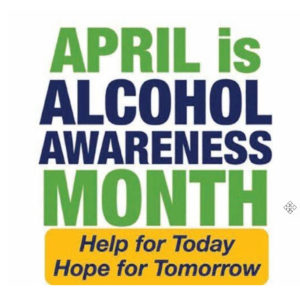
What is Alcohol Awareness Month?
It began in 1987 by the National Council on Alcoholism and Drug Dependence (NCADD). The goal was to reduce the stigma surrounding alcoholism. It is an opportunity to increase awareness and understanding of alcohol addiction. The ultimate goal is to make alcoholics everywhere aware that alcohol treatment is available for those who need it.
Facts and Statistics
Alcoholism is a progressive, chronic disease. It can be fatal if left untreated. In the United States, alcoholism is on the rise. In fact, the National Institute on Alcohol Abuse and Alcoholism states that:
86.4% of people ages 18 and older claim they had drank alcohol at least once.
70.1% stated they had alcohol at some point during the last year.
56% reported they had alcohol during the last month.
Almost 27% of people ages 18 and older participated in binge drinking during the last month.
7% stated they drank heavily in the last month.
In 2015, 15.1 million people in the United States suffered from Alcohol Use Disorder.
Of that number, 623,000 of them were between the ages of 12 and 17.
Only 37,000 young people went to any type of alcohol treatment program.
In 2010, alcohol abuse cost the U.S. close to $250 billion.
Alcohol misuse is responsible for the deaths of one in every ten people between the ages of 20 and 64.
Make a Difference
Anyone can work to raise awareness about alcoholism, and there are many things you can do to contribute.
Share this newspaper and articles on social media sites about alcoholism.
Talk with friends and family.
Discuss alcohol treatment options with the people you love who might have an alcohol problem.
